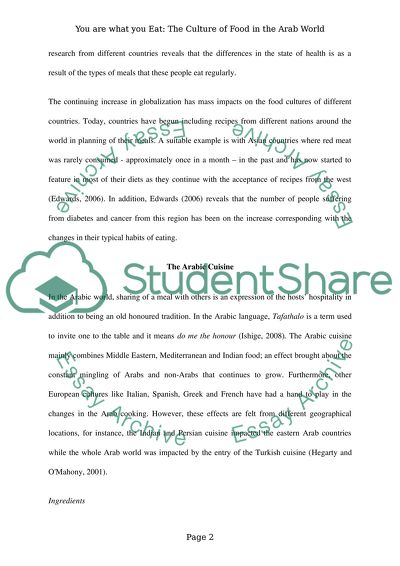Cite this document
(“You are what you eat: the Culture of Food in the Arab World Essay”, n.d.)
You are what you eat: the Culture of Food in the Arab World Essay. Retrieved from https://studentshare.org/history/1475756-ychyou-are-what-you-eatyie-discuss-the-culture-of
You are what you eat: the Culture of Food in the Arab World Essay. Retrieved from https://studentshare.org/history/1475756-ychyou-are-what-you-eatyie-discuss-the-culture-of
(You Are What You Eat: The Culture of Food in the Arab World Essay)
You Are What You Eat: The Culture of Food in the Arab World Essay. https://studentshare.org/history/1475756-ychyou-are-what-you-eatyie-discuss-the-culture-of.
You Are What You Eat: The Culture of Food in the Arab World Essay. https://studentshare.org/history/1475756-ychyou-are-what-you-eatyie-discuss-the-culture-of.
“You Are What You Eat: The Culture of Food in the Arab World Essay”, n.d. https://studentshare.org/history/1475756-ychyou-are-what-you-eatyie-discuss-the-culture-of.


